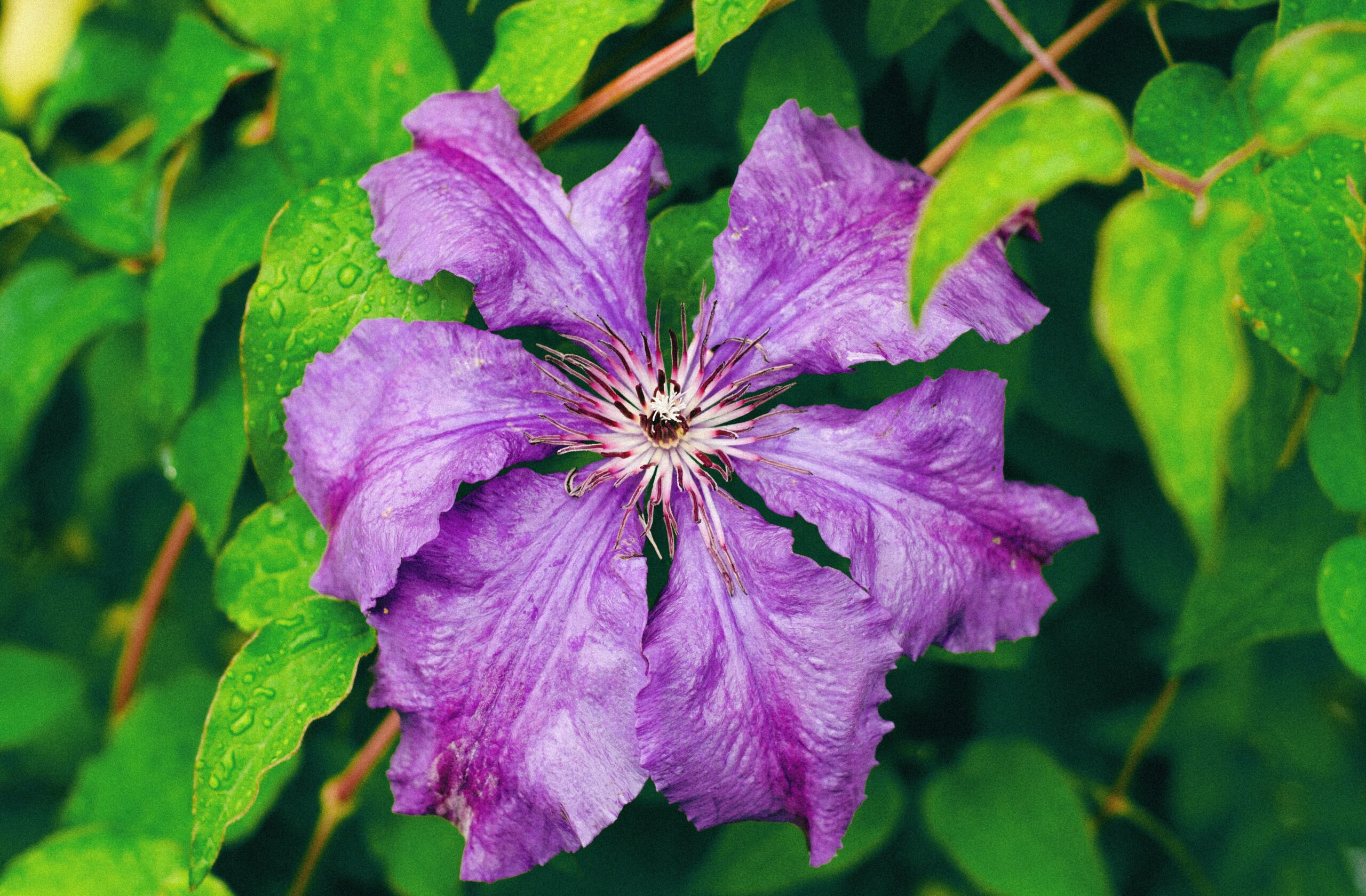Beautiful Plants For Your Interior

If the pollen sacs are missing on your African violet (Saintpaulia) flowers, it could be due to a variety of reasons, and understanding these factors can help you address the issue and potentially improve your plant’s flowering in the future. Here are some possible explanations:
- Cultivar Variation: Some African violet cultivars naturally produce flowers that lack visible pollen sacs. African violets come in a wide range of flower forms and colors, and the presence or absence of pollen sacs can vary among different cultivars.
- Age of the Flower: African violet flowers undergo changes as they age. Initially, the pollen sacs may be hidden within the closed flower buds and become more visible as the flower matures. If you’re examining very young flowers, you might not see the pollen sacs yet.
- Environmental Conditions: Environmental factors can affect flower development. Inconsistent or unfavorable conditions such as inadequate light, temperature fluctuations, and improper humidity levels can impact the formation of pollen sacs. Make sure your African violet is growing in an environment with stable conditions.
- Nutrient Deficiency: African violets require specific nutrients for healthy growth and flowering. A lack of essential nutrients, particularly phosphorus, can affect flower development. Ensure you’re using a balanced fertilizer formulated for African violets and follow recommended feeding schedules.
- Pest or Disease Damage: Damage from pests like thrips or aphids, as well as fungal or bacterial diseases, can disrupt flower development and appearance. Inspect your plant for signs of pests or diseases and take appropriate measures for control if necessary.
- Overwatering or Underwatering: Inconsistent watering practices can stress the plant and affect flower formation. African violets prefer to be kept consistently moist but not soggy. Overwatering or underwatering can lead to flower problems, including missing pollen sacs.
- Improper Pruning: Incorrect pruning or deadheading of spent flowers can sometimes lead to the removal of pollen sacs accidentally. Be cautious when pruning and only remove the dead or faded flower petals, not the reproductive structures.
- Genetic Factors: The genetic makeup of your African violet may also play a role. Some plants may have genetic mutations or traits that affect the development of their flowers and reproductive structures.
To encourage healthy flower development on your African violet, maintain consistent care with the right environmental conditions, proper watering, adequate nutrition, and pest/disease management. If the issue persists and you’re concerned about the genetic factors, you may consider propagating your plant through leaf cuttings to grow new plants with the desired characteristics.